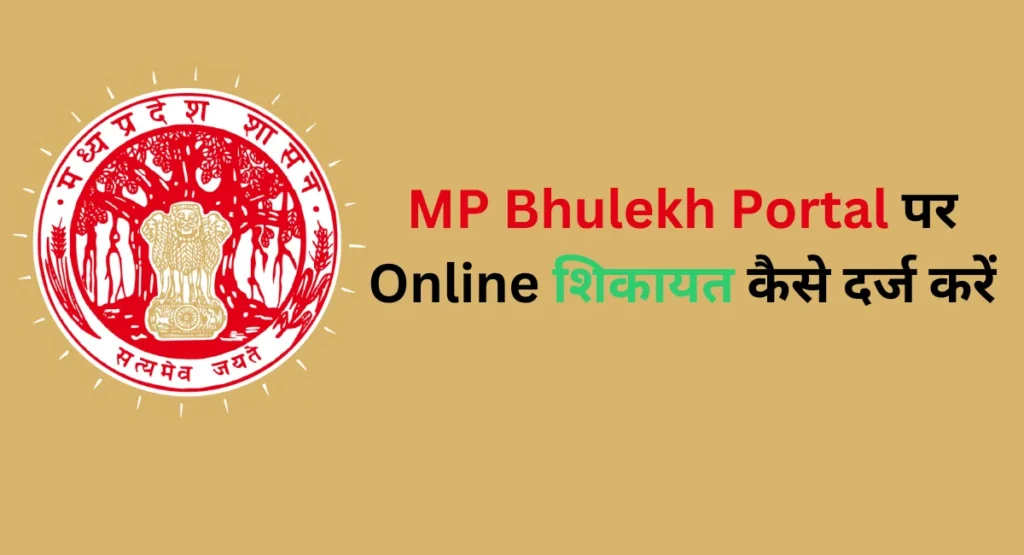
Jawahar Rozgar Yojana was one of the largest programs launched by the government of India on 1st April, 1989. It was launched to develop the rural community by providing jobs for the unemployed and underemployed. It was a major step taken by the government for the welfare of the rural people. This scheme was followed by the merger of the National Rural Employment Program (NREP) and the Rural Landless Employment Guarantee Program (RLEGP). By providing more work opportunities during the agricultural season, JRY seeks to end poverty. Unlike the farming activities, this scheme also includes the creation of social assets such as road construction, public forests, and school buildings, etc. More employment opportunities are given to the SC, ST, and 30% opportunities are reserved for women. In this blog, we cover the origin, features, impact, and more valuable facts about the scheme. Let’s move on and know more about the Jawahar Rozgar Yojana.
Jawahar Rozgar Yojana: Origin of the Scheme
The Jawahar Rozgar Yojana was launched on April 1st, 1989. It was initiated with the objective of the employment and welfare opportunities for the rural people, especially in the agricultural season. The above-mentioned is detailed information about the Origin of the Scheme:
- Jawahar Gram Samridhi Yojana was launched on April 1, 1999, after having been known as Jawahar Rozgar Yojana since April 1, 1989. In 2001, this program was merged with the Sampoorna Grameen Rozgar Yojana.
- This scheme includes the establishment of the framework and the creation of the local resources with the help of the rural community.
- After the launch of the scheme, various awareness programmes were initiated for the BPL (Below the Poverty Line) population. These awareness programmes help to keep them aware of the JRY scheme, which helps them to get access to their agricultural resources.
- The scheme was entirely implemented at the Gram Panchayat Level.
- Subsidies will be sent directly to Gram Panchayats, ensuring faster and more efficient support at the grassroots level. In addition, State Mail Accounts linked to District Rural Development Agencies (DRDAs) and Zila Parishads (ZPs) will also receive these funds, making the entire process more transparent and accessible for local development.
Jawahar Rozgar Yojana Launched In Which Five-Year Plan
The seventh five-year plan saw the introduction of the Jawahar Rozgar Yojana. There was a renewed focus on boosting small-scale and food processing industries. The government aimed to improve how these industries worked by encouraging the use of better technology and modern methods. This not only helped in increasing productivity but also opened new avenues for employment and economic growth, especially in rural areas.
Key Features of Jawahar Rozgar Yojana
Here are some key features related to the JRY Yojana that are:
- The main feature of this programme is to increase wage employment in rural areas.
- This program provides 90-100 days of employment opportunities to those rural people who stand below the Poverty Line.
- It helps in the creation of community assets and infrastructure in villages.
- Under the Jawahar Rozgar Yojana, an 80:20 ratio of cost sharing is implemented between the central government and the state government.
- This program has three main streams, such as general works (75%), Indira Awas Yojana, and Million Wells Scheme (20%), and an innovative program in backward districts (5%), which is strengthened with JRY.
- Food grains as a part of wages would be provided at subsidized rates.
- Under this scheme, the evaluation of the government covers 470 districts, 933 blocks, and as many as 4,700 Gram Panchayats across the country, making it one of the most comprehensive assessments of its kind at the time.
These are some great features of the yojana through which an ordinary man can get a rough idea about the working of the program.
Must Read: Mahadbt Farmer Login | Jan Andolan Portal | RCH Portal
Components of Jawahar Rozgar Yojana
The Jawahar Rozgar Yojana (JRY) included three key sub-programmes that focused on improving the lives of the rural poor by targeting basic needs like housing, water, and education. Here’s a simple breakdown of these efforts:
1. Indira Awas Yojana (IAY)
Launched in 1984-85 as part of the RLEGP and later merged into JRY, Indira Awas Yojana aimed to provide free housing to the poorest, particularly those belonging to Scheduled Castes and Scheduled Tribes. Initially, 6% of JRY funds were set aside for this, which later increased to 10% by 1992-93. Eventually, even the poorest from other communities were included, ensuring more families had a roof over their heads.
2. Million Wells Scheme (MWS)
Started in 1988-89 and included in JRY a year later, the Million Wells Scheme focused on providing open wells for irrigation to SC/ST farmers, completely free of cost. In the beginning, 20% of the JRY funds supported this scheme, which rose to 30% by 1992-93. By 1995-96, MWS became a standalone programme to further expand its reach.
3. Operation Blackboard (OBB)
Education got a boost under JRY, too. In 1990-91, the Operation Blackboard initiative was introduced to fund classroom construction in schools. Since building classrooms involved significant material cost, 40% of that was funded by the Department of Education, while the remaining 60%, both for labour and materials, came from Jawahar Rozgar Yojana. This helped improve basic school infrastructure in rural areas.
Together, these sub-programmes reflected JRY’s broader mission of not just creating jobs but also addressing essential rural development needs, that is, housing, irrigation, and education.
Impact of the Jawahar Rozgar Yojana Scheme on People
Jawahar Rozgar Yojana had a huge impact on the rural people. Here are some impacts of the JRY on the rural people:
- This program helps to provide jobs in many rural areas through the creation of public assets.
- Thousands of rural people benefited from the Indira Awas Yojana and Million Wells Scheme with improved housing and water facilities.
- Many backward districts were developed under the Jawahar Rozgar Yojana, which was mainly projected by the Government of India.
- Unemployed women also get a chance to be employed under the Jawahar Rozgar Yojana.
Funding Criteria of the Jawahar Rozgar Yojana Scheme:
The Funding Criteria of the JRY Scheme are mentioned above:
- This program was implemented under the central government with an 80:20 ratio of the cost sharing between the central and the state government.
- Gram Panchayat assets will now be distributed based on the population size, moving away from the earlier fixed limit of ₹10,000. This new approach ensures that funds are better aligned with the actual needs of each village.
- The overall planning, coordination, monitoring, and regular reporting of this process will be handled by the DRDA (District Rural Development Agency), Zilla Parishad, or the Intermediate Panchayats. These bodies will work together to make sure resources are fairly managed and effectively utilized at the local level.
Must Read: Namo Shetkari Yojana | Swasthya Sathi Card | UDID Card
FAQs about Jawahar Rozgar Yojana
Q-1) What is Jawahar Rozgar Yojana?
A- Jawahar Rozgar Yojana is an initiative taken by the government of India for providing employment and welfare opportunities to the rural people related to agriculture.
Q-2) When was JRY officially launched?
A- JRY was officially launched on April 1, 1989, by the central government of India.
Q-3) In which Five-Year plan was Jawahar Rozgar Yojana launched?
A- Jawahar Rozgar Yojana was launched in the 7th Five-Year Plan.
Q-4) How does Jawahar Rozgar Yojana impact the Women of Rural society?
A- Under the JRY, 30% reservations are allotted to help the unemployed women financially.
Q-50 What is the cost-sharing ratio of the program between the Central and the State government?
A- The cost-sharing ratio of the program is 80:20 between the Central and the State government
More Informative:


